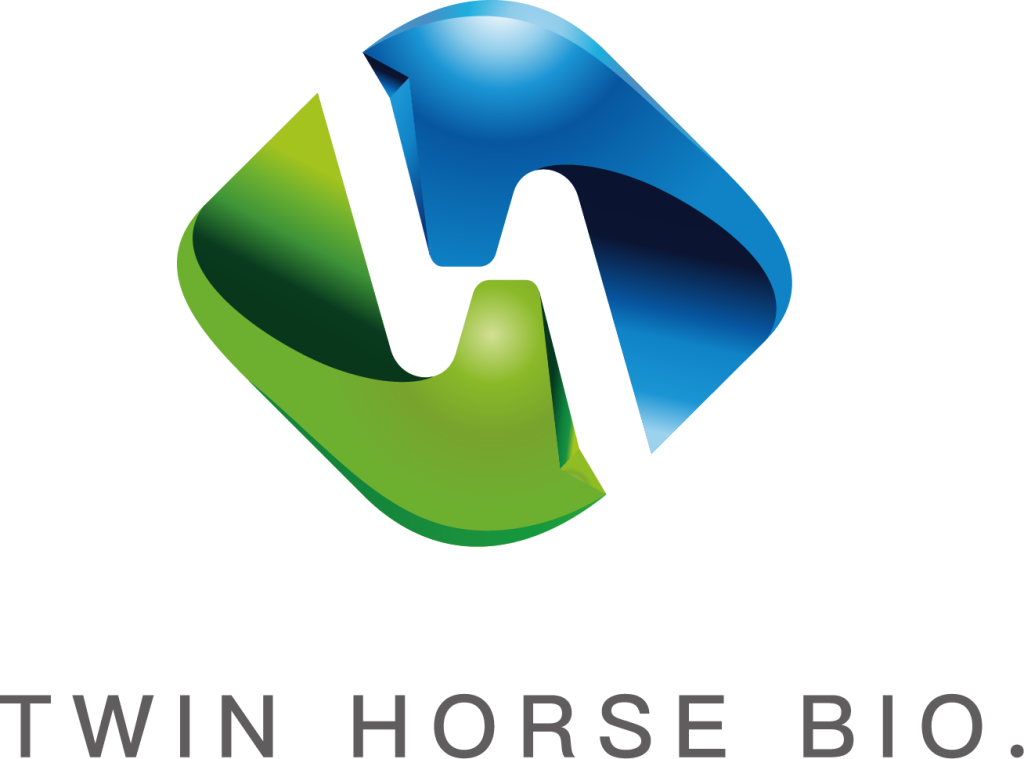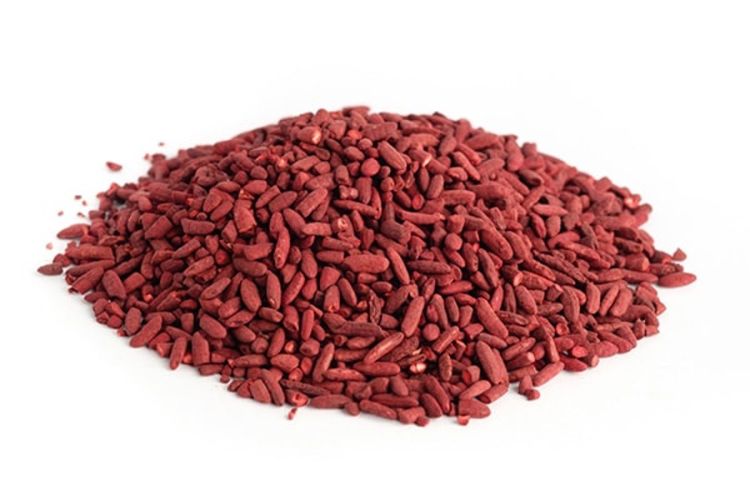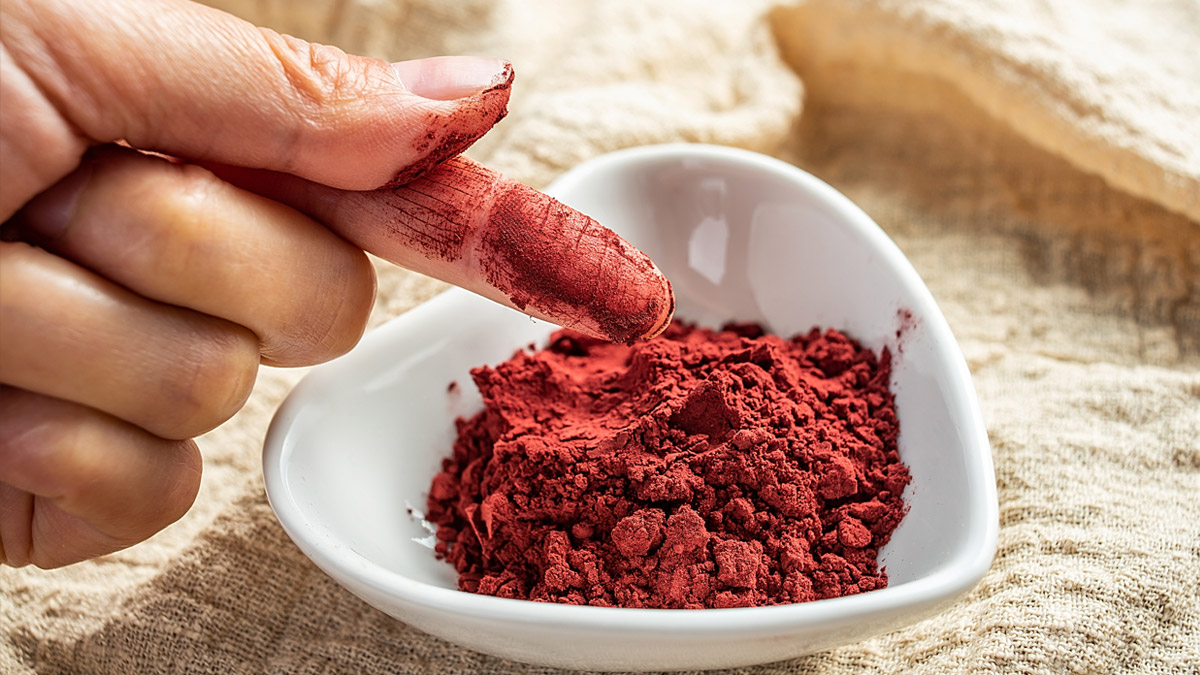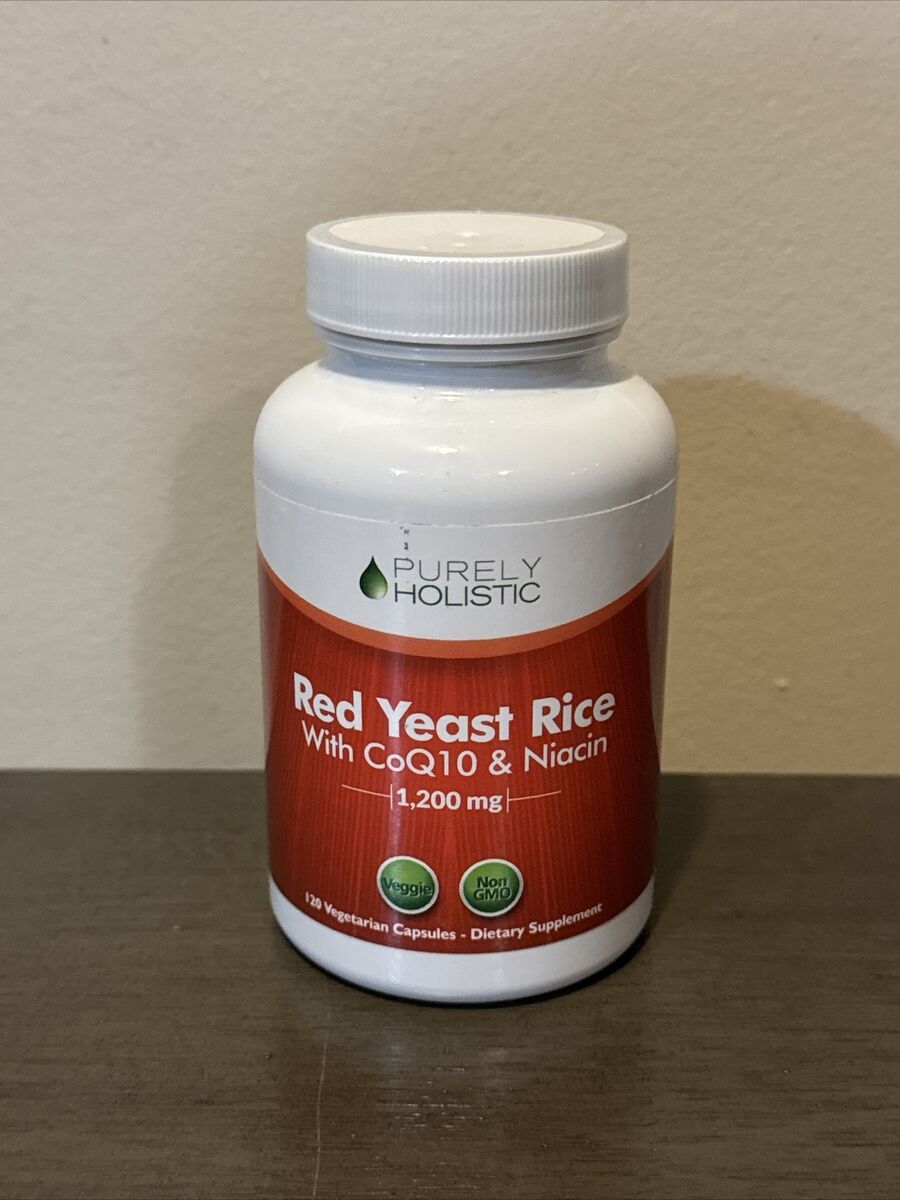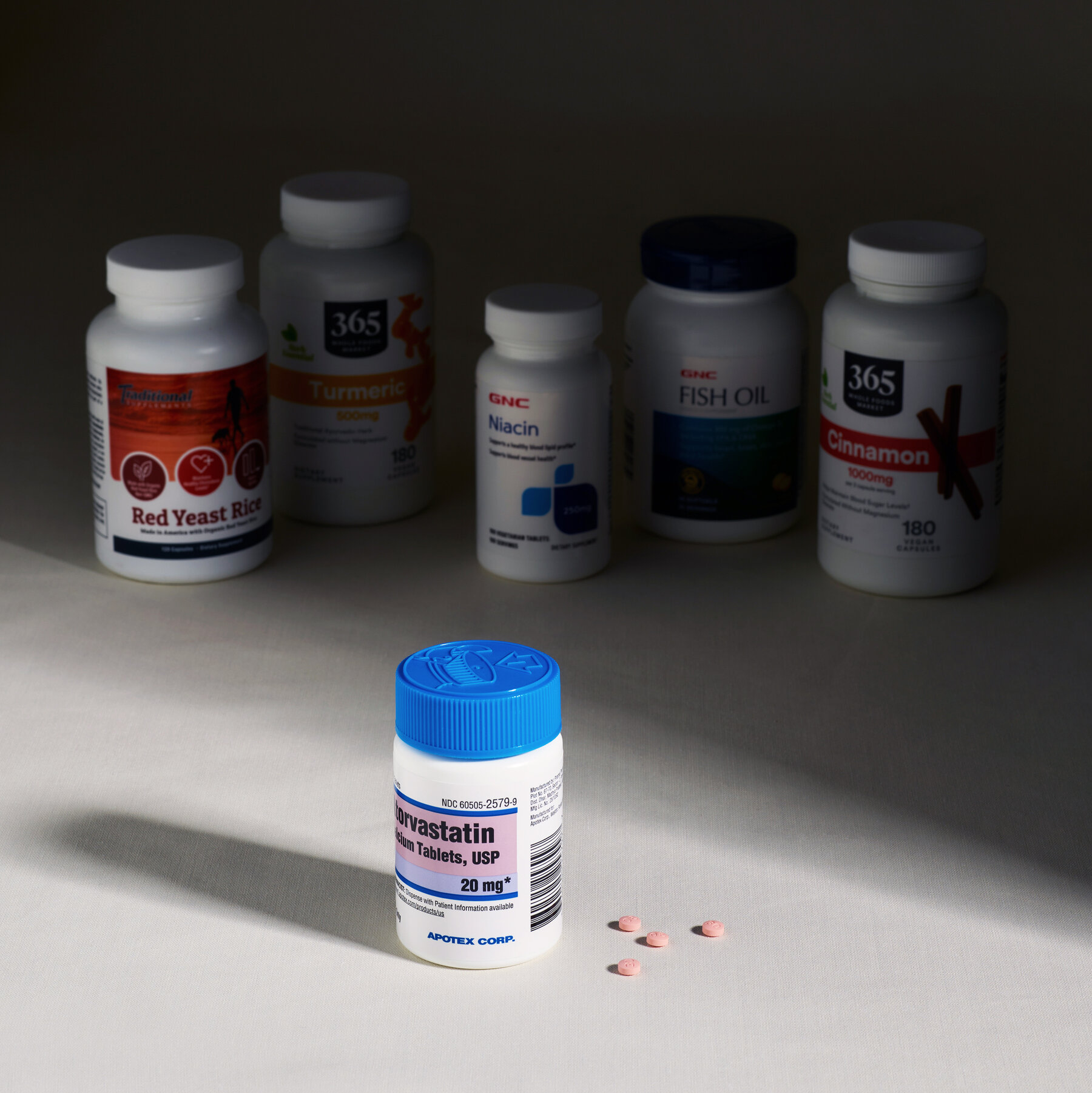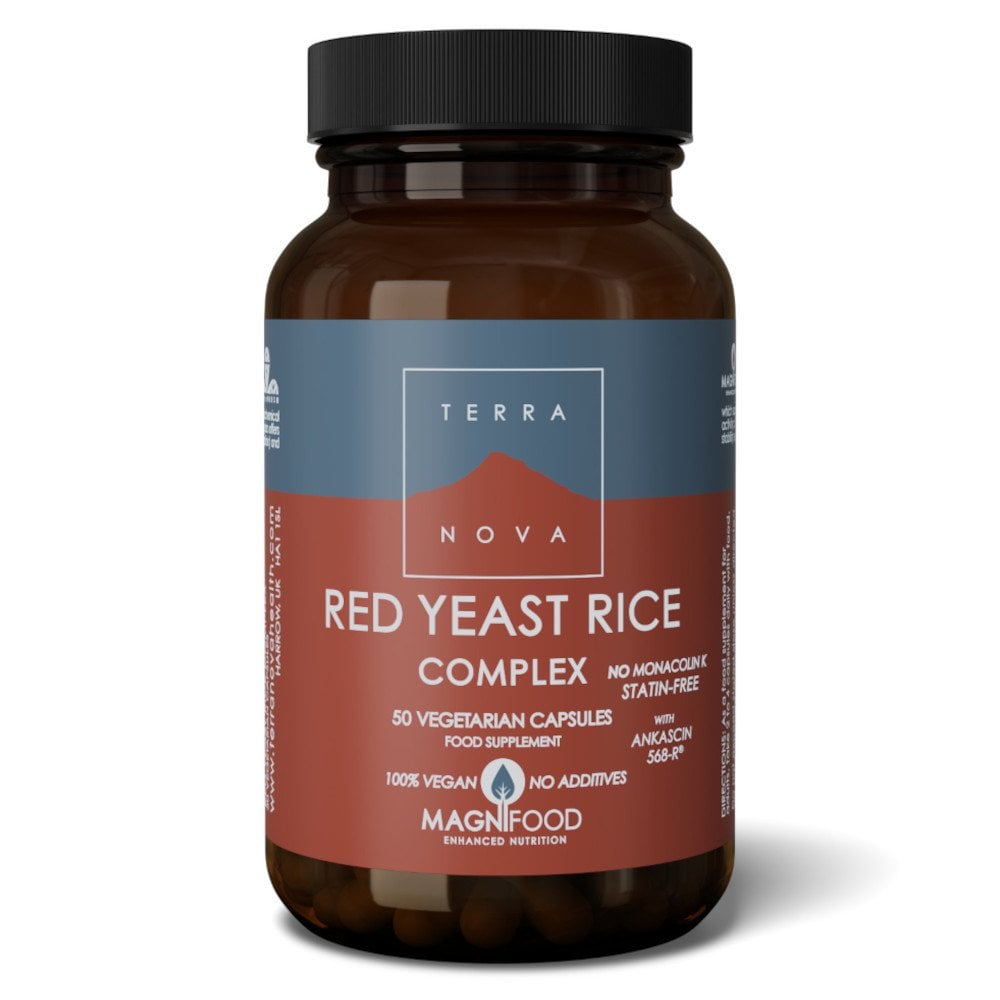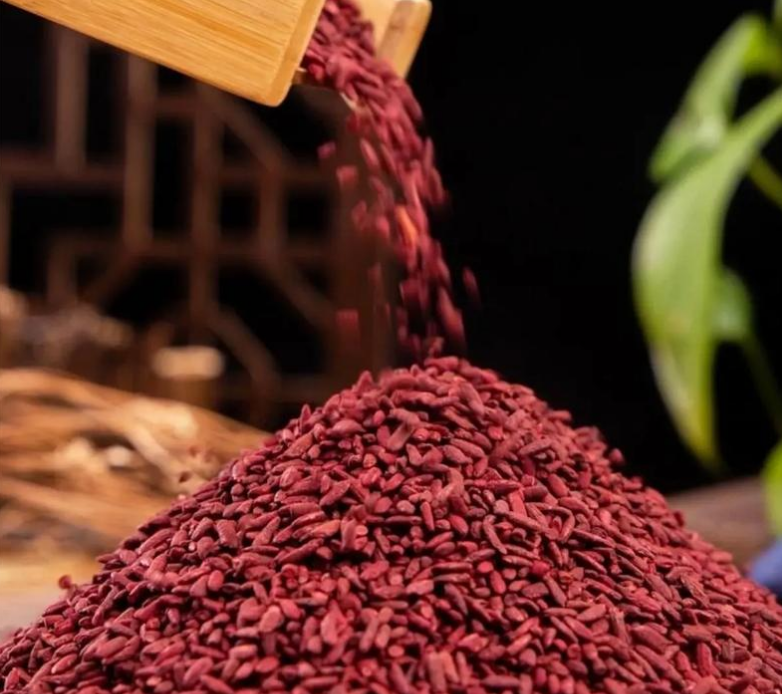Red yeast rice is best taken at night because the body’s cholesterol production peaks during nighttime. Studies show it can lower LDL cholesterol by 15-25%. Take 1,200-2,400 mg daily with food for optimal absorption, but consult a doctor to avoid potential side effects like muscle pain or liver issues.
Nocturnal cholesterol synthesis
About 70 to 80 percent of the body’s cholesterol is synthesized by the liver, with more than 50 percent of this activity concentrated between 12 a.m. and 3 a.m. A clinical study of 300 patients with hypercholesterolemia showed that low-density lipoprotein cholesterol (LDL-C) decreased by an average of 23% over 12 weeks after patients took 10 mg of red yeast rice before bed. For those who took it during the day, the decrease was only 15 percent. The reduction rate of total cholesterol reached 20%.
The rate of metabolic overlap between the liver and other drugs (such as blood pressure or anti-diabetic drugs) at night is reduced by 30 percent. A bottle containing 90 capsules of red yeast rice costs between 100 and 150 yuan, or just 30 to 50 yuan a month based on a daily dose of one capsule. This cost is much lower than the monthly cost of prescription statin drugs (about 200 to 300 yuan).
The 1,000 participants who took red yeast rice for 24 weeks saw their LDL-C drop by an average of 26 percent, compared with just 5 percent in the control group. Participants’ triglyceride levels also fell by 13 percent. Long-term users of red yeast rice reported an 18% reduction in the incidence of cardiovascular events, such as heart attacks and strokes.
More than 65% of users choose to take red yeast rice before bed. Among them, 95% of users said that this habit is easy to stick to. One user from Shanghai saw his total cholesterol level drop from 6.5mmol/L to 4.8mmol/L after taking red yeast rice.
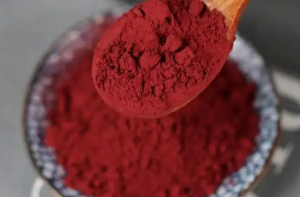
Lovastatin action time
HMG-CoA reductase activity is most active between 9 p.m. and 3 a.m., when the body’s cholesterol synthesis can account for 60 to 80 percent of the daily total. Levels of low-density lipoprotein cholesterol (LDL-C) fell by an average of 24 percent over three months in the evening group, compared with only 15 percent in the morning group.
In a study involving 600 patients, only 2.5% of those who took lovastatin at night reported minor adverse effects. Some other chemically synthesized statins have an adverse reaction rate as high as 8-12%. The duration of action of lovastatin is usually 12-24 hours, and the half-life of the drug is about 3 hours.
More than 70% of red yeast rice products are recommended to be taken at night. Taking the US market as an example, the annual sales of red yeast rice have maintained an annual growth of 15% in the past five years, of which the sales volume of products with the concept of taking at night has reached more than 80%. According to 2024 statistics, the average monthly cost of red yeast rice is between 50-100 yuan, while the monthly cost of the same dose of prescription statin is as high as 200-300 yuan.
Eighty percent of patients using red yeast rice products experienced a significant reduction in cholesterol levels within six months of taking them, with an average reduction of 22 percent. In addition, nearly 90 percent of subjects reported feeling more likely to stick to the habit when taking it at night. Long-term use of lovastatin can reduce the incidence of cardiovascular events (such as heart attacks, strokes) by about 25% to 30%.
Reduce side effects
According to a clinical study of 500 patients, less than 3 percent of those who took red yeast rice at night reported muscle soreness or mild gastrointestinal discomfort, compared with more than 5 percent of those who took it during the day. A study of 300 patients with high cholesterol found that the incidence of abnormal liver function was only 1.2% in those taking red yeast rice at night, compared with 2.8% in the group taking red yeast rice during the day.
Patients who took red yeast rice at night had a 25% lower incidence of gastrointestinal discomfort than those who took it during the day. Among 200 patients taking red yeast rice, 1.5 percent of those taking it at night experienced muscle-related side effects, compared with 3 percent of those taking it during the day.
More than 70 percent of consumers chose to take red yeast rice at night, and 92 percent of those who took red yeast rice at night reported no side effects, compared to 85 percent of those who took red yeast rice during the day. The main component of red yeast rice, Monacolin K, has a half-life of about 2-3 hours. Patients who took red yeast rice at night had a 35 percent lower risk of elevated liver enzymes than those who took it during the day.
A study of patients with chronic diseases showed that the incidence of adverse reactions due to drug interactions was 2% in patients taking red yeast rice at night, compared to 4% in patients taking red yeast rice during the day. Only 1.8 percent of older adults who took red yeast rice at night reported muscle soreness, compared with 4.2 percent in the daytime group.
According to a medical economics analysis in 2023, the average cost of each medical intervention caused by drug side effects is about 500 to 1,000 yuan. A survey involving 400 patients showed that more than 95% of those who habituated to taking red yeast rice at night were able to adhere to daily use, compared to 85% of the daytime group.
Metabolic absorption is fast at night
The peak activity of HMG-CoA reductase usually occurs between 12 a.m. and 3 a.m. When taking red yeast rice during this period of time, the drug absorption rate increases by about 20%. Patients who took red yeast rice at night had the maximum concentration of monacolin K (Cmax) in their blood reached within 1-2 hours, 30 minutes earlier than those who took red yeast rice during the day.
The total exposure (AUC) of the drug in the blood is about 15% higher when taken at night than when taken during the day. According to a study involving 200 patients with high cholesterol, taking red yeast rice at night was 12 percent more efficient at absorption than during the day, while the incidence of gastrointestinal discomfort dropped by 8 percent.
The liver is 10 to 15 percent more efficient at processing lipids and drugs at night. Patients who took red yeast rice at night saw their levels of low-density lipoprotein cholesterol (LDL-C) drop about 7 percent more than those who took it during the day. Monacolin K has a half-life of 3-4 hours, and patients who take red yeast rice at night have about 18% higher bioavailability of the drug than those who take it during the day.
More than 60% of users reported feeling the effects of red yeast rice more quickly after taking it at night, and nearly 70% of these users observed a significant reduction in cholesterol levels within 1 month. Only 50 percent of those who took it during the day achieved similar results in the same amount of time. The incidence of adverse reactions due to metabolic competition was only 1.5% in patients taking red yeast rice at night, compared with 3.2% in those taking red yeast rice during the day.
Patients over 65 years of age who took red yeast rice at night had about 10 percent higher drug absorption than those who took it during the day, and reported 50 percent fewer adverse reactions. Sales of delayed-release red yeast rice capsules have increased by 30% in the past three years, and the duration of the drug effect has been extended by about 15%.
Regulate blood lipids during sleep
The body’s liver cholesterol synthesis rate is the highest during sleep, accounting for about 60%-80% of the total synthesis throughout the day. Among patients who took red yeast rice before bed, low-density lipoprotein cholesterol (LDL-C) levels fell by an average of 25 percent over three months, compared with 18 percent for those who took it during the day. Total cholesterol dropped by up to 20 percent in night users.
Patients who took red yeast rice at night had a 15-20% higher bioavailability of monacolin K than those who took it during the day. In a trial involving 200 participants, patients who took red yeast rice before bed experienced a 10 percent difference in LDL-C reduction.
More than 40% of patients with high cholesterol take multiple medications at the same time, and by scheduling red yeast rice to be used at night, the risk of adverse reactions due to drug interactions can be reduced by 25%. Patients who took red yeast rice before bed saw their triglyceride levels drop by 15 percent over three months, compared with a 10 percent drop in the daytime group. Taking it at night was able to raise high-density lipoprotein cholesterol (HDL-C) by about 8%.
More than 65% of red yeast rice users choose to take it before going to bed, of which more than 90% of users say that the effect of taking it at night is significant and easy to adhere to. One user from Beijing reported that his total cholesterol level dropped from 6.8mmol/L to 4.9mmol/L after taking red yeast rice at night for three months.
Cardiovascular disease-related care costs account for 10-12% of global health spending. By effectively managing blood lipid levels by taking red yeast rice at night, the incidence of cardiovascular events can be reduced by about 25% to 30%. A study of older patients over the age of 65 found that red yeast rice at night improved blood lipid levels by 10 percent more than those taken during the day.
